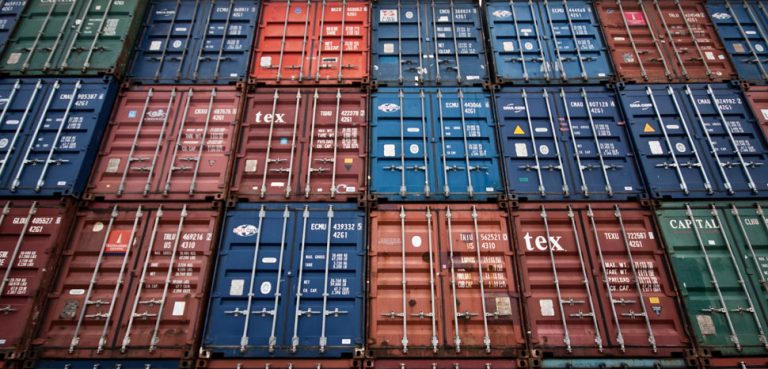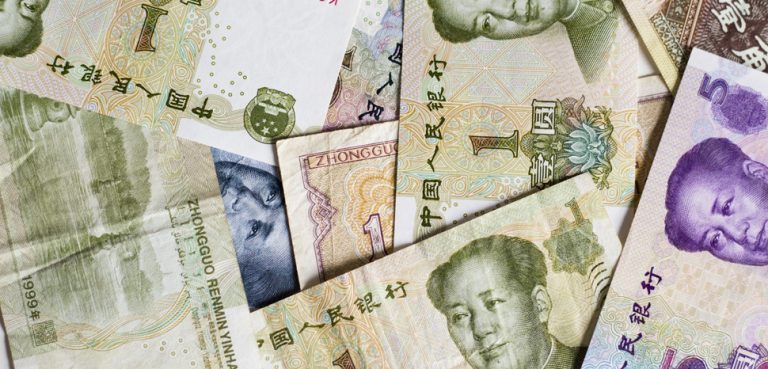Summary
The opening shots of a US-China trade war came in late March when President Trump called on trade officials to draw up a list of tariffs on $60 billion worth of Chinese imports. China responded with $3 billion of its own tariffs on some 100 US goods. Then on Tuesday of this week, the Office of U.S. Trade Representative issued its list of 1,300 Chinese products, which included everything from industrial robots to dishwashing machines and fire extinguisher parts. Just one day later, China responded with another list targeting 106 US products, including major US imports such as soybeans, wheat, vehicles, and aircrafts.
The tit-for-tat cycle has begun, and though neither side’s targeted tariffs are effective immediately (the US list will go into effect mid-May and the Chinese list at an unspecified date), the U.S. and China remain poised for an all-out trade war.
Beijing’s newest list reveals its strategy for ending the conflict as soon as possible: target politically sensitive industries that can force President Trump and his Republican allies to back down for fear of a backlash in the upcoming November mid-terms.
It’s a strategy that might just work.
Impact
As previous situation reports on Geopoliticalmonitor.com have illustrated, China employs a variety of furtive methods to gain an advantage in global trade. Yet these methods tend not to include overt tariffs that would be in open breach of WTO rules, which is the strategy that the Trump administration has opted for. (Keep in mind that China is technically allowed to erect higher trade barriers than the U.S. due to its classification as a ‘developing country’ under WTO rules). In responding to the Trump tariffs, China is thus able to portray itself as the victim and an overall rule-abider in the global trade regime. Its response is also designed to inflict maximum political pain in the United States in the hope the Trump administration will dilute or abandon its trade action in the near future.
Here are some of the products being targeted by China’s new list of tariffs:




